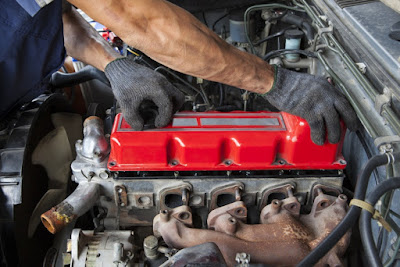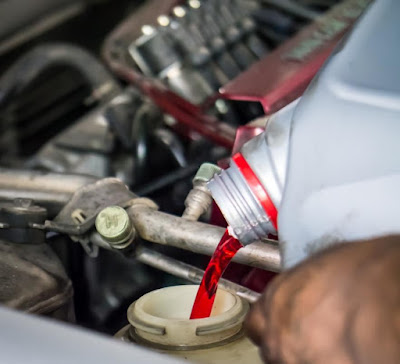Winter will soon be here in full force! Because preventative vehicle maintenance is so vital for this time of year, ask your auto repair technician to perform a thorough checkup of all the systems of your vehicle. Of course, be sure to have any compulsory repairs taken care of as soon as potential. This will ensure that you can drive your car with confidence out on wet and icy roads.
Remember to take care of these general car maintenance tips for safe winter driving:
- Car Battery--Cold temperatures reduce a battery’s cranking power. A battery generally has only about half of the cranking power at 0° F than it has at 80° F. If your battery is worn out, it may be time to replace it.
- Windshield and Wiper Blades--Wiper blades generally start to lose their effectiveness in as little as six months. Streaks or missed expanses of glass are signs that the blades should be replaced. Remove ice from the windshield with an ice scraper, not your wiper blades. If you park outside, place the wipers in the raised position to keep them from freezing to the windshield. Keep your windshield-washer reservoir filled with a washer solution that contains an antifreeze agent. Also, make sure the heater is functioning properly so that plenty of warm air is being directed to the windshield in the defrost mode.
- Lights--Inspect that all the car's lights are working correctly and that the lenses are clean so that you'll have optimum visibility at night and that other drivers can see you.
- Oil--Oil thickens when cold, making it harder for the engine to turn over. Normally, you should be using multi-viscosity oil that has a "W" in the viscosity, signifying that it's formulated for winter use, providing good oil flow at low temperatures.
- Radiator, Hoses, and Belts--Have the radiator and heater hoses inspected for cracks, leaks, or contamination from oil. The hoses should be firm yet pliable. Try to keep your coolant mixture at the correct ratio of antifreeze and water to keep it from freezing. Your mechanic will be happy to inspect it for you.
- Tires-- Inspect your tire traction. If your area gets occasional snow, a new set of all-season tires rated to perform well in snow and ice tests should be fine. Or you should consider purchasing snow tires that are designed with special tread patterns and made from rubber compounds that can grip snow and ice for optimum traction. Keep your tires correctly inflated, as tire pressure declines with the thermometer.
- Brakes--If you feel any vibration, hear screeching, or the brake pedal feels “soft,” have your brakes checked and repaired as soon as potential so you can stop on slick and icy roads.
- Emergency kit--Always carry a supply of water, snacks, jumper cables, flashlight, road flares, first aid kit, blanket, and cell phone and charger.
Need to know more general car maintenance tips? Call our ASE Certified Technicians at Auto Max of Oregon today for more information about our vehicle maintenance services and to make an appointment. Our auto repair shop proudly serves vehicle owners in Canby, OR and surrounding areas.


